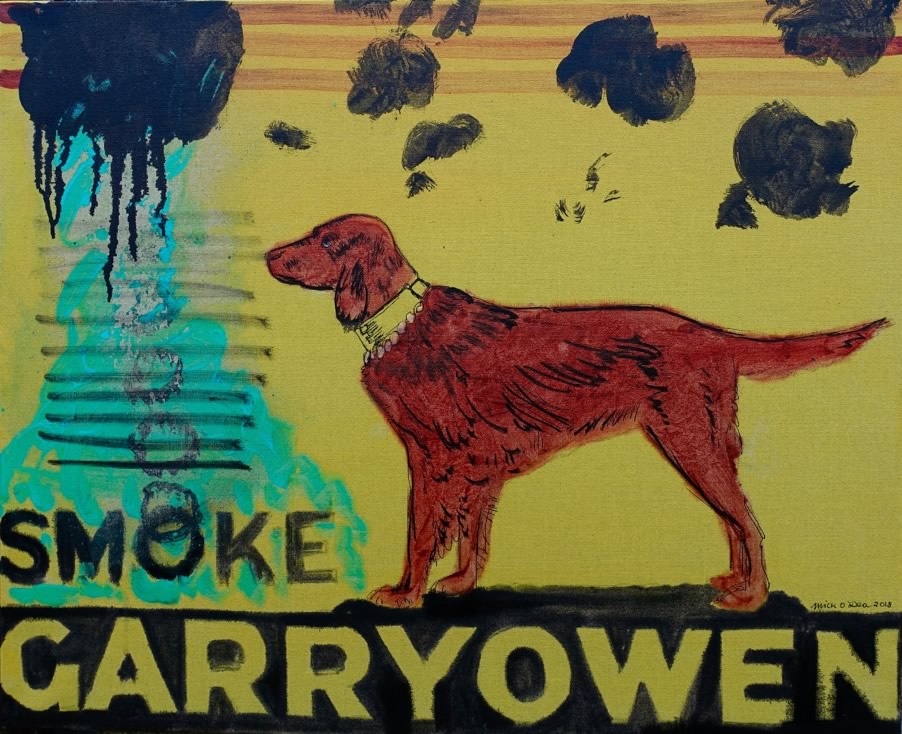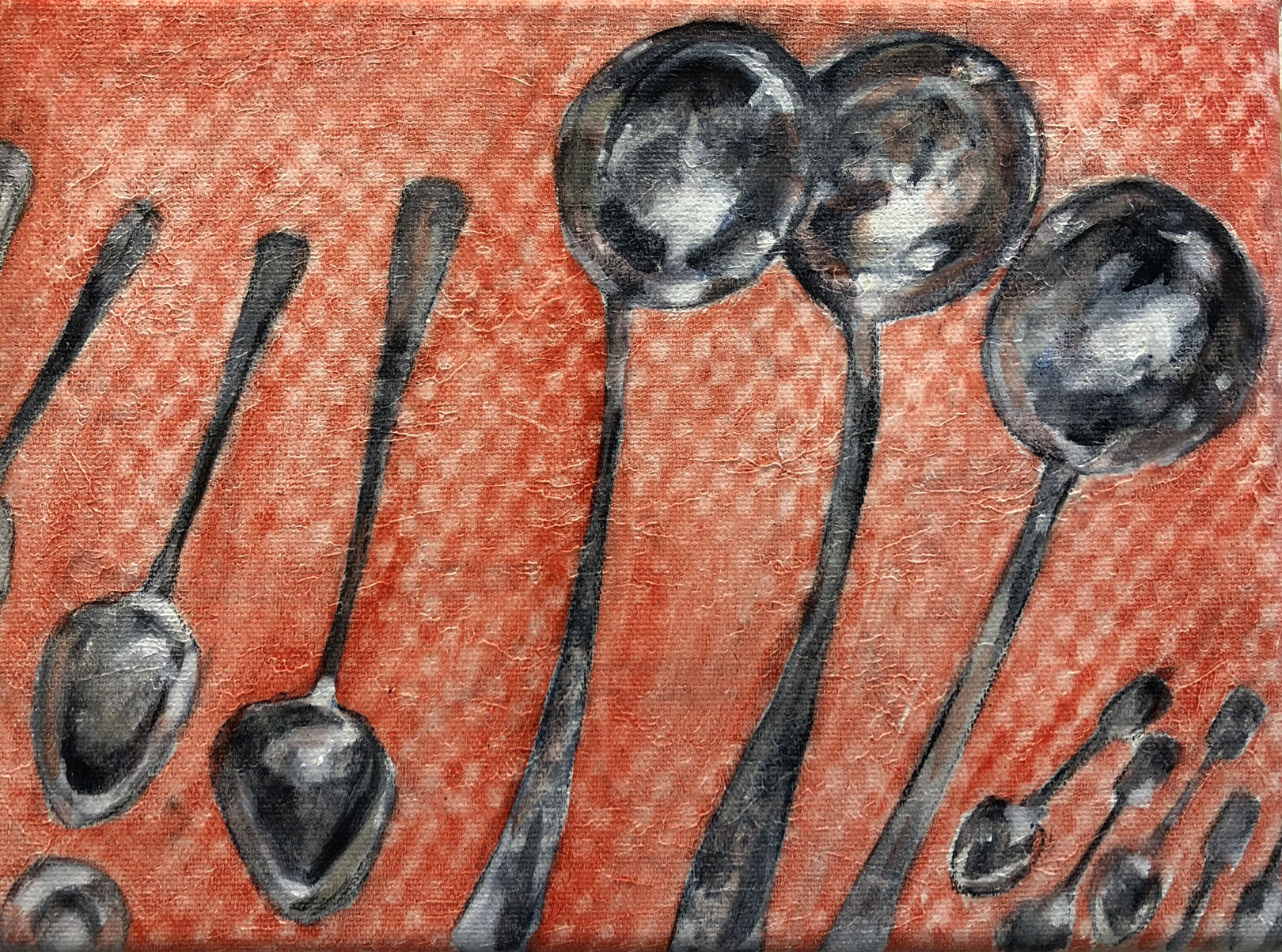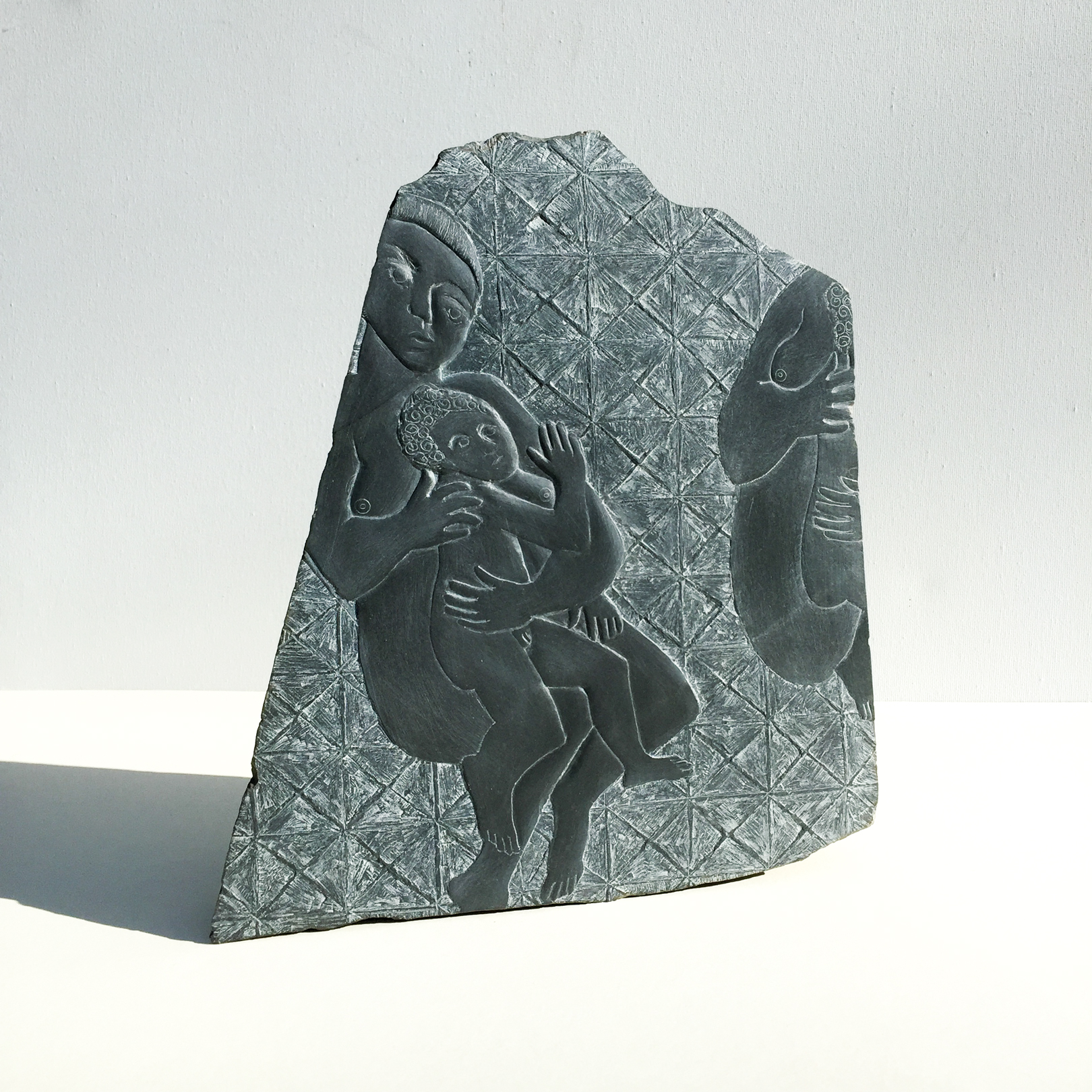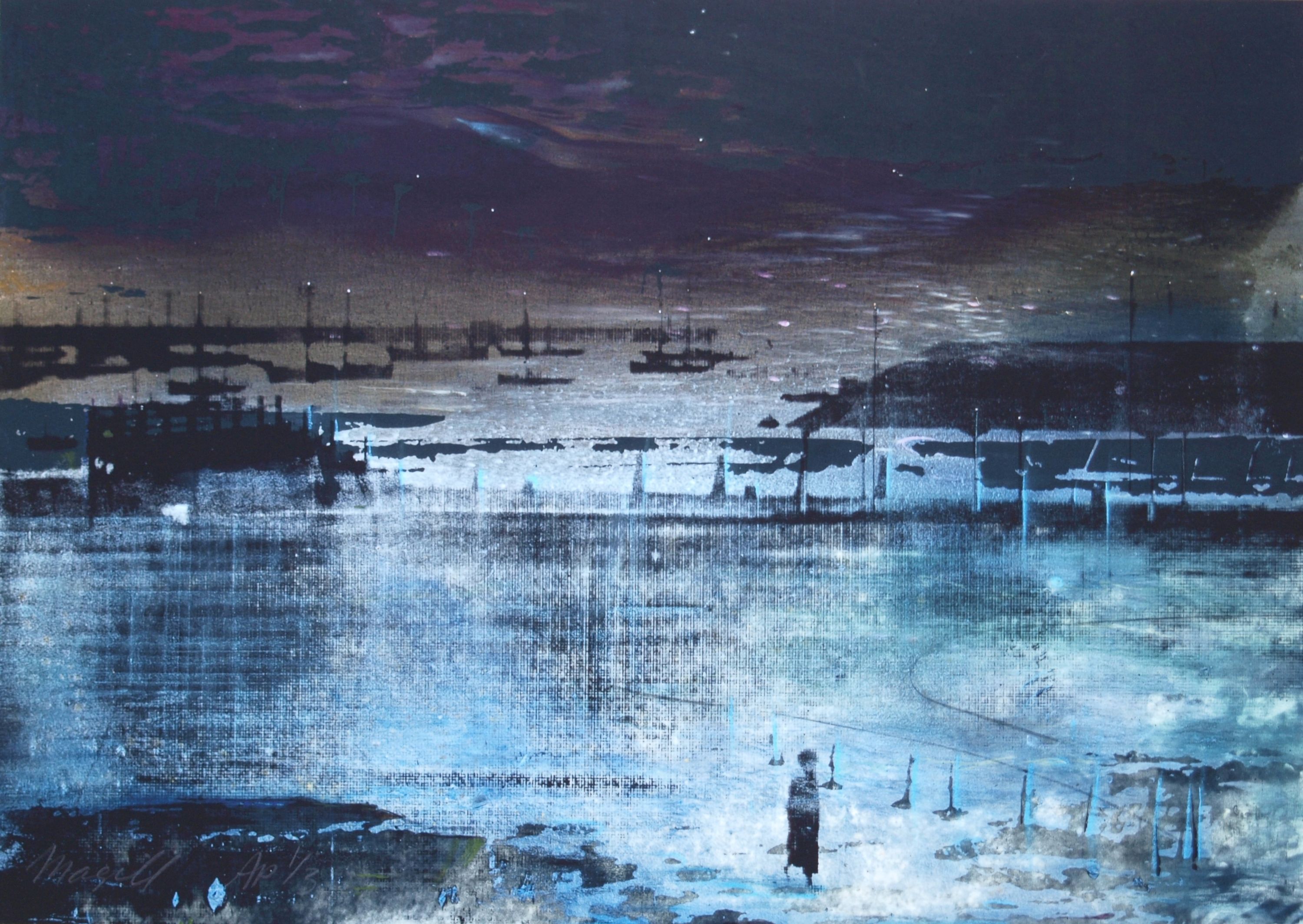Visible Reminders of Invisible Light
Visible Reminders
of Invisible Light
A Question of Soul: Bishop Leahy

How we look at things is important. In many ways, we see what we want to see. Not that objects and sense impressions don’t have their own objective strength and the mechanics of our seeing its own dynamism. Yet, who it is that is looking at life in all its dimensions is a person. And a person’s way of looking involves more than the neurological or chemical impulses of the workings of the eye or brain.
How we see things is a question of the ‘soul’, the inner deep down self that animates our desire to see and our ability to notice layers of meaning and insight beyond the immediate that strikes us day by day.
I am grateful to the artists who have contributed so creatively and generously, in a mixed media response to objects in the Hunt Museum and the Limerick Museum, to the Visible Reminders of Invisible Light project.
The contributors have facilitated us in grasping more keenly the significance, potential and beauty of how it is we look on life. True to their own personal and professional stories, they have let themselves be guided in an odyssey of memory, insight and reflection and invite us into the venture. Visible Reminders of Invisible Light is an initiative that weaves together many strands of creativity around the theme of family. As we gaze upon their works, the artists call us to value the heritage of family through the generations; recognise specifically the heritage of Limerick city, its sport and its industries, including lace making, flour milling and manufacturing; and cherish the idea of family as safe harbour, linking people together with a strong sense place.

The artists prompt us to ignite our imagination in reaction to the domestic items in the various collections such as in response to cutlery in the collections of Limerick Museum opening up reflection on family gathered at table.
The place of woman in society is strikingly addressed by a number of the artists - from reflections on Mary to a meditation on the Earth as feminine to consideration of the place of women in family and society.
Poignantly, the theme of loss and death is put before us, a theme that speaks to the heart of anyone who has loved.
Our openness to the divine is explicitly addressed in some of the works. But, I’d like to think it is present throughout. All the works are themselves a reminder that the ‘Invisible’ can become visible. I am mindful of something Simone Weil wrote many years ago: ‘In everything which gives us the pure authentic feeling of beauty there really is the presence of God. There is as it were an incarnation of God in the world and it is indicated by beauty. The beautiful is the experimental proof that the incarnation is possible’ (Gravity and Grace, Routledge, 1952, p. 150).
The Visible Reminders of Invisible Light series has brought many people and institutions into dialogue. Limerick Diocese, the Hunt Museum and Limerick Museum have enjoyed a very fruitful encounter over the past year in preparing this project. Narrative 4 Ireland - a new national not-forprofit organisation based in Limerick - has invited a number of younger writers to craft a short story based upon items from the Hunt or Limerick Museum. The Art in Schools project has invited submissions from post-primary schools in Limerick encouraging students to interact with the museum collections to forge works of their own in response to the exhibition theme.

I am most grateful to Maurice Quillinan, exhibition curator, for his dedication to and passion for the project. Thanks to the Hunt Museum and in particular, Naomi O’Nolan, Head of Exhibitions and Collection and to Matthew Potter, Curator of Limerick Museum, for their keen and enthusiastic support of the initiative from the beginning. My gratitude is also due to James Lawlor of Narrative4 for his collaboration.
The initiative finds its inspiring spark in the Diocese of Limerick’s engagement with the World Meeting of Families. I am grateful to David Bracken, Diocesan Archivist, for his attentive work on it and to Winnie Davern, Chair of the Diocesan Art, Architecture and Heritage Committee for her encouragement along the way. The project would not have been possible without sponsoring from the Arts Council of Ireland; Limerick City and County Council and Limerick Arts Office. I am very grateful to them.
I am delighted that Visible Reminders of Invisible Light has prompted such a positive and generous response on the part of so many contributing artists, both those of established renown and those with promising artistic careers ahead of them.
Through their creations, artists express something very deep, something of their soul and the soul does not die. There is, therefore, something immortal about a work of art. It speaks beyond any one time or place. It satisfies the thirst for truth, goodness and beauty that lies within each of us.
What excites me particularly about this project is that the artists have placed themselves in relationship with others - others who speak to them from the past through works of art from the museums - but also with others who are awaiting a word of re-interpretation or new meaning from them in the present. They do us a great service in re-awakening encounter with the theme of family from a variety of angles across generations.

Across generations. This is important. Today, there is a growing recognition of the importance of promoting and being attentive to an inter-generational approach to reading the signs of the times and planning for the future. So much has been communicated to us from the past. It is right and just that we give thanks and draw on our heritage because, as August Macke, expressing the Blue Rider group of painters, wrote ‘the joys, the sorrows of humankind, of nations, lie behind the inscriptions, paintings, temples, cathedrals, and masks, behind the musical compositions, stage spectacles, and dances. If they are not there, if form becomes empty and groundless, then there is no art’ (in Franz Marc and Wassily Kandinsky, (eds.) The Blue Rider Almanac, 1912, p. 89).
But we can never let the past - whether it be the past of faith, of art, of any human achievement - be relegated to time-trapped museums. We always need to revisit the past and re-present it today in ways that are new. The Visible Reminders of Invisible Light project does so. It responds to the vision of contemporary museums. It also responds to the Second Vatican Council’s comment that the “the Church acknowledges also new forms of art which are adapted to our age and are in keeping with the characteristics of various nations and regions.…” (Church in the Modern World, Gaudium et Spes, n. 62).
I hope you enjoy Visible Reminders of Invisible Light. Savour each contribution as a message from the Artist to you.

+ Brendan Leahy, Bishop of Limerick